Białołęka
7.26
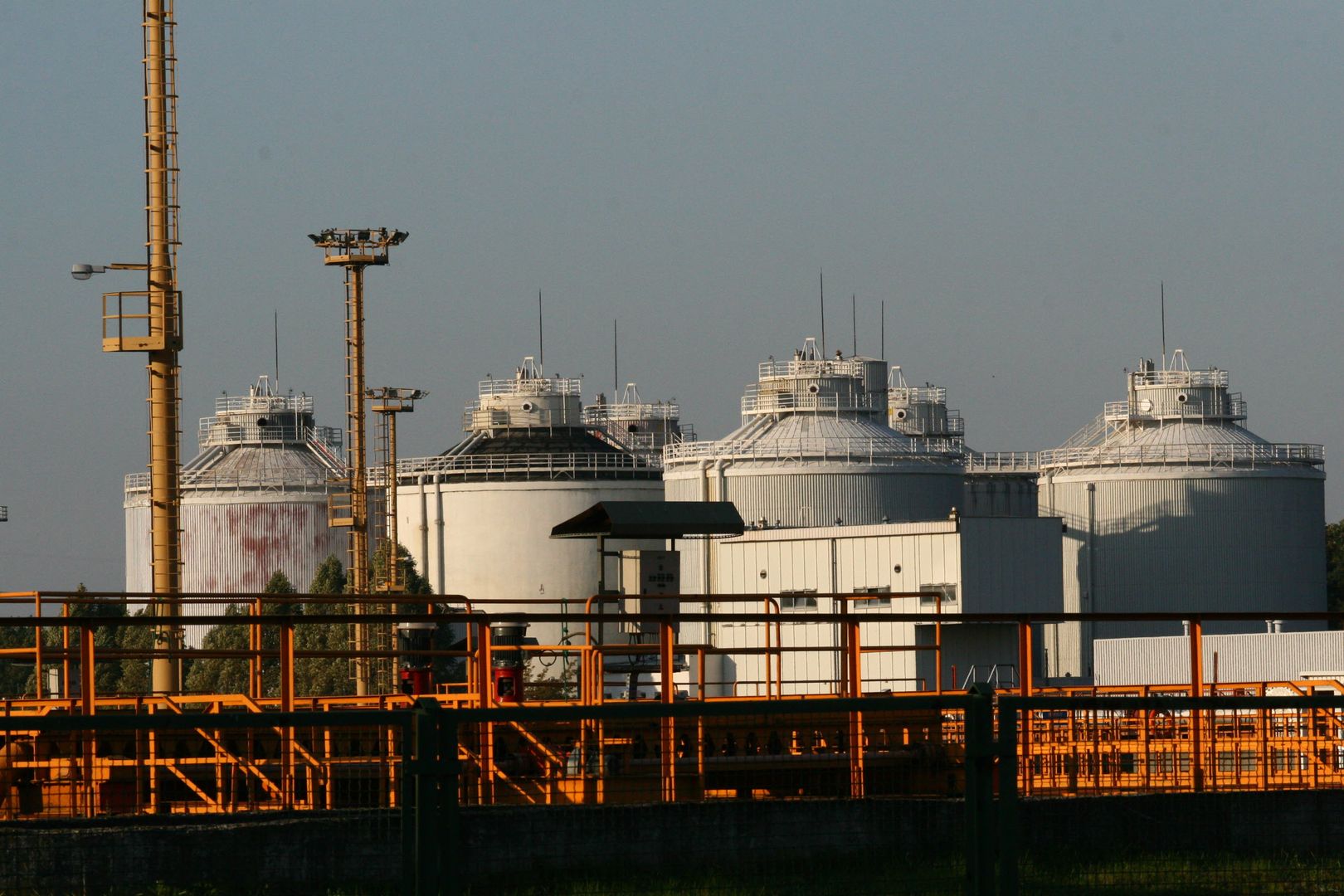
Overview
Białołęka is a district of Warsaw located on the right bank of the Vistula River, known for its rich history and architectural diversity. Its name, derived from the term "white meadow," was first recorded in the 15th century. The district borders Targówek, Praga Północ, Bielany, Łomianki, Jabłonna, and Nieporęt. Historically, Białołęka witnessed significant events, such as the Battle of Białołęka in 1831 during the November Uprising and the battle on the fields of right-bank Warsaw in 1656. In 1951, Białołęka was incorporated into Warsaw, and its urban development intensified in recent decades. The district has a reputation as a "bedroom community" of Warsaw, characterized by single-family housing in its northern and eastern parts and high-density buildings in the central area. Major transportation arteries include Modlińska Street and the Toruńska Route, along with numerous railway stops served by Mazovian Railways and the Warsaw Commuter Rail. Despite some urban planning challenges, Białołęka offers green spaces such as Henryków Park and nature reserves. Notably, the area boasts several historical monuments, including the Mostowski Manor Complex, the Gothic St. James's Church, and the 16th-century wooden Church of St. Michael the Archangel, reflecting its rich cultural and historical heritage. Since 2008, a Youth Council has been active under the District Council, highlighting the local community's involvement in the district's affairs. In recent years, Białołęka has gained prominence as a destination for both residents and tourists, blending historical legacy with modernity.
Location
Tickets
Powered by GetYourGuide
You can also find here:
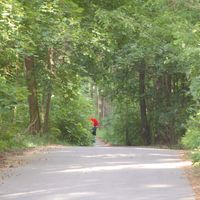
Białołęka Dworska
6.67
Białołęka, Warsaw
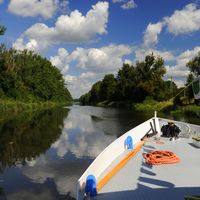
Żerański Canal
6.42
Białołęka, Warsaw
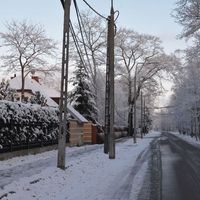
Choszczówka
6.31
Białołęka, Warsaw

Maria Skłodowska-Curie Bridge in Warsaw
6.24
Bielany, Warsaw
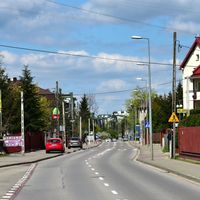
Nowodwory
6.07
Białołęka, Warsaw

St. James Church in Warsaw
6.05
Białołęka, Warsaw
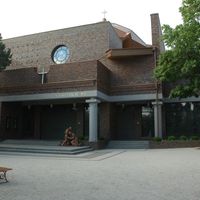
Pludy
6.04
Białołęka, Warsaw
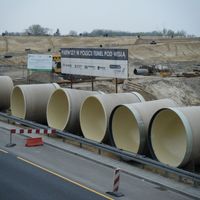
Warsaw's "Czajka" Wastewater Treatment Plant
6.03
Białołęka, Warsaw
2025 Wizytor | All Rights Reserved